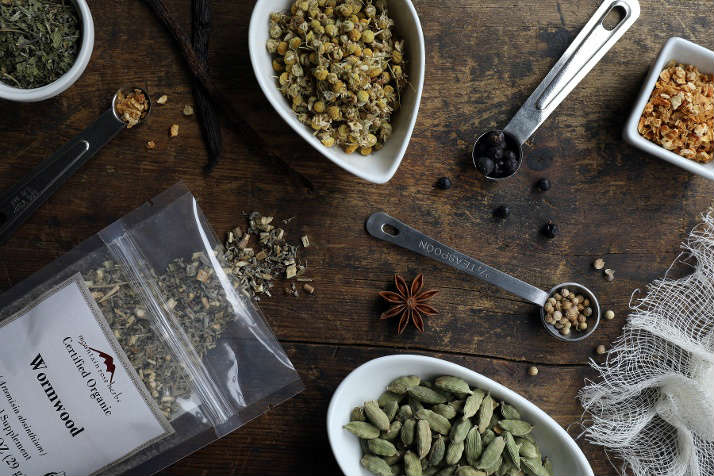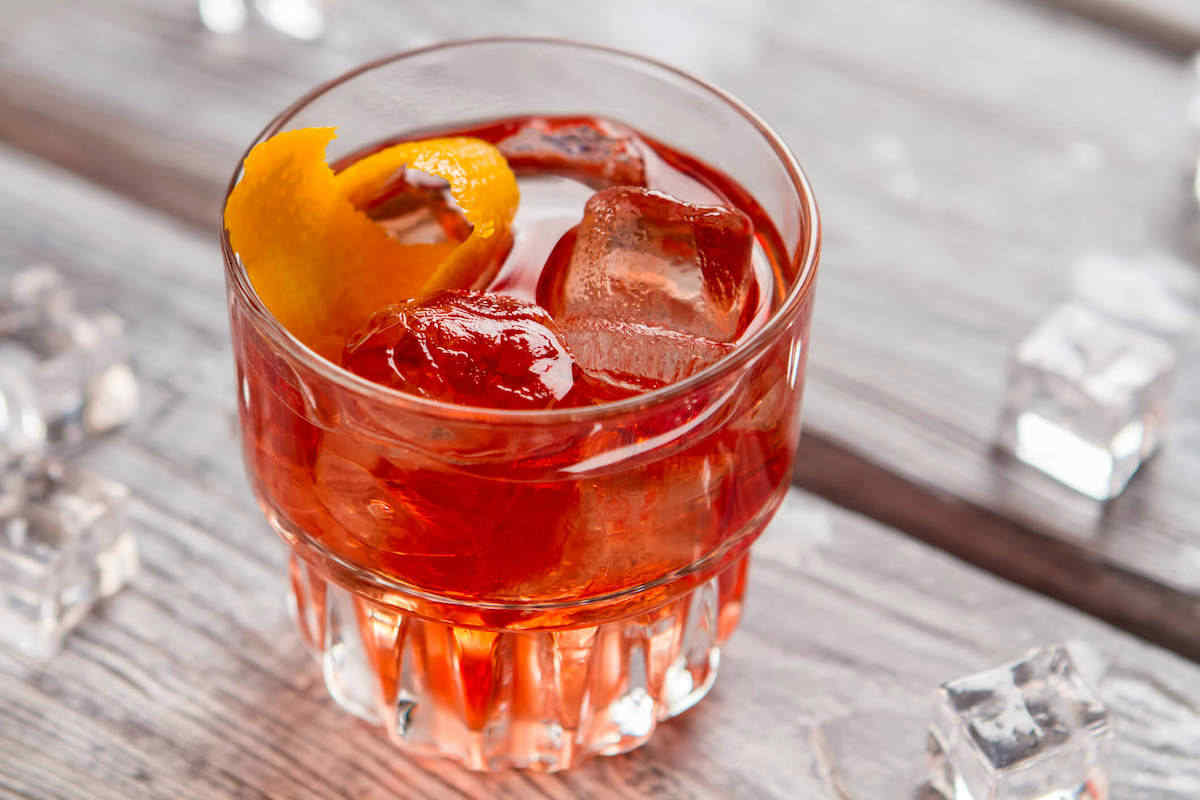In part one of our DIY Spirits series, we learned how to make gin, so it only follows that now we’ll turn our attention to vermouth, gin’s longstanding (some would say long-suffering) sidekick.
Like gin, vermouth is fundamentally just an infusion, although things take a little longer and the process is a bit more involved. First off, wine doesn’t extract flavors as readily as a distilled spirit. You’ll also face far more variables than just the aromatics to include. For instance, what type of vermouth do you want to make—sweet or dry? If it’s sweet, how will you sweeten it? Will you drink it over ice, or use it for cocktails, and how should that affect the flavor profile? How will you fortify it? There aren’t really any wrong answers, but some methods will give you a more consistent result. So let’s get to it.
DIY Vermouth
Degree of difficulty: Medium
Definition: An aromatized, fortified wine.
The base: Your first choice is which wine to use. Sure, if you’re looking for a bold, sweet vermouth to mix with whiskey, you can start with red wine. But be warned: Once you add all the spices to it, it can drink like a chilled version of German glühwein, which may not be your cup of glogg. That’s why most vermouths begin as white wine. The varietal matters less than you think, but if your end goal is a bone-dry, French-style vermouth, then grab a crisp pinot grigio or sauvignon blanc. For sweet vermouth, something a little rounder, such as viognier or chenin blanc (or even an off-dry rosé) will do the trick. You shouldn’t need to spend more than 10 to 15 bucks, because the aromatics will mask most of the wine’s natural complexities.
The enhancements: Speaking of aromatics, here’s where things get fun. For starters, vermouth comes from the German word for wormwood, so that’s a must. You can find wormwood at spice shops and natural health stores. For dry vermouth, stick mostly to savory herbs, such as mint, sage, and even white pepper. For a red vermouth, you might lean a bit more toward baking spices like allspice berries, clove and vanilla.
The method: To help the wine extract your flavors, you’ll want to heat it with the aromatics before you let it steep overnight. Then it’s time to fortify the wine. Straight brandy works, as does an already fortified wine like sherry or madeira. (I had good luck with a combination of brandy and madeira.) If dry vermouth is your thing, that’s it. You’re done.
If you’re looking to make Manhattans, however, you’ll need to add a bit of sweetness. Fortifying with a sweeter sherry like Pedro Ximenez is one way to go about it. Simple syrup works just fine, too. Or get creative, with maple syrup or molasses, or by whisking marmalade or jam into a little hot water.
A final bit of advice: If this is your first vermouth rodeo, start out with the sweet stuff. The residual sugar will mask any off flavors.

Photo: Mountain Rose Herbs
Sample Vermouth Recipe
1 bottle dry white wine
1 tsp wormwood
1 tsp licorice root
1 bag chamomile tea
1 cinnamon stick
1 cardamom pod
6 coriander seeds
6 leaves fresh sage
1 tsp vanilla extract
1 fresh orange peel, as little pith as possible
½ cup medium-dry madeira
¼ cup cognac
¼ cup simple syrup
Empty the bottle of wine into a saucepan. Add all the aromatics and bring the whole thing to a boil. Kill the heat and let it steep until the mixture cools down. Return everything to the bottle or a large glass jar and chill at least overnight. Add the brandy, madeira and simple syrup and return to the refrigerator for at least another day. Strain through a fine-mesh sieve or cheesecloth.



